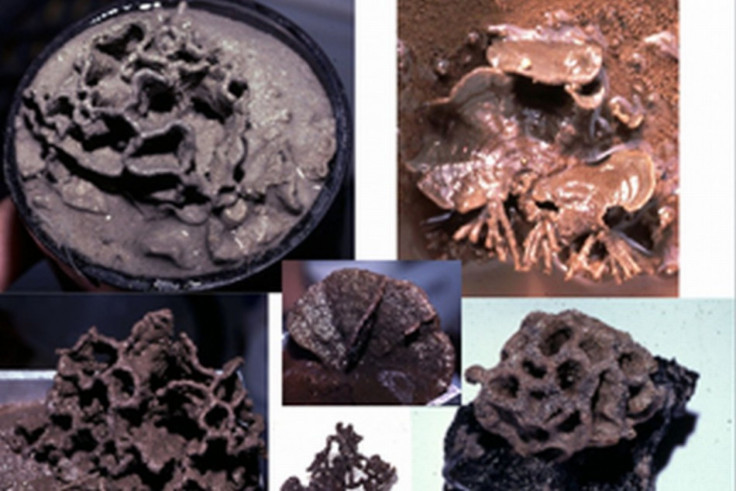Mysterious Giant Amoebas Found 6.6 Miles Below Ocean Surface in Mariana Trench

For the first time, giant amoebas have been discovered inside the deepest region on the Earth's surface - the Mariana Trench.
Amoebas are regarded as the largest single-celled living organisms existing on the surface of the Earth.
The recent discovery was made by researchers at the Scripps Institution of Oceanography during a July 2011 expedition. As they reached the Pacific Ocean's Mariana Trench, they deployed untethered free-falling/ascending landers equipped with digital video and lights to search the largely unexplored region.
The researchers spotted the life forms at depths up to 10,641 meters (6.6 miles) within the Sirena Deep of the Mariana Trench. The previous depth record for xenophyophores (amoeba) was approximately 7,500 meters (4.7 miles) in the New Hebrides Trench, although sightings in the deepest portion of the Mariana Trench have been reported.
Xenophyophores are noteworthy for their size, with individual cells often exceeding 10 centimeters (4 inches), their extreme abundance on the seafloor and their role as hosts for a variety of organisms.
Recent studies have also indicated that by trapping particles from the water, xenophyophores can concentrate high levels of lead, uranium and mercury and are thus likely highly resistant to large doses of heavy metals. They also are well suited to a life in darkness, low temperature and high pressure in the deep sea.
The research of Scripps Professor Lisa Levin (deep-sea biologist) has demonstrated that these organisms play host to diverse multicellular organisms, stated Doug Bartlett, the Scripps marine microbiologist who organized the Mariana Trench expedition.
Thus the identification of these gigantic cells in one of the deepest marine environments on the planet opens up a whole new habitat for further study of biodiversity, biotechnological potential and extreme environment adaptation, he further mentioned.
The instruments that were used to spot these mysterious animals are called Dropcams that contain an HD camera and lighting inside of a glass bubble.
© Copyright IBTimes 2024. All rights reserved.











